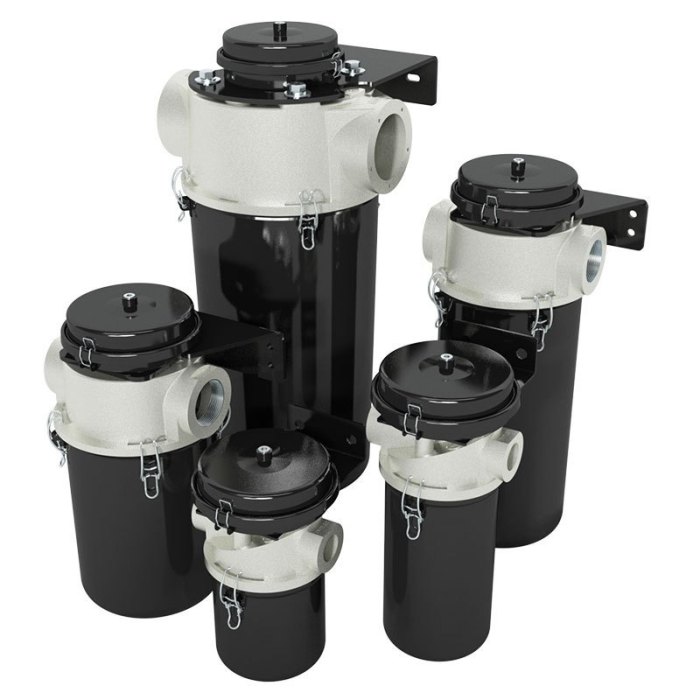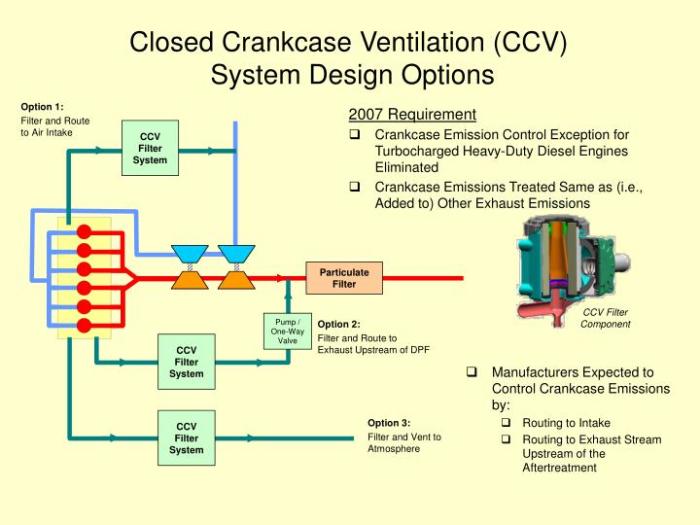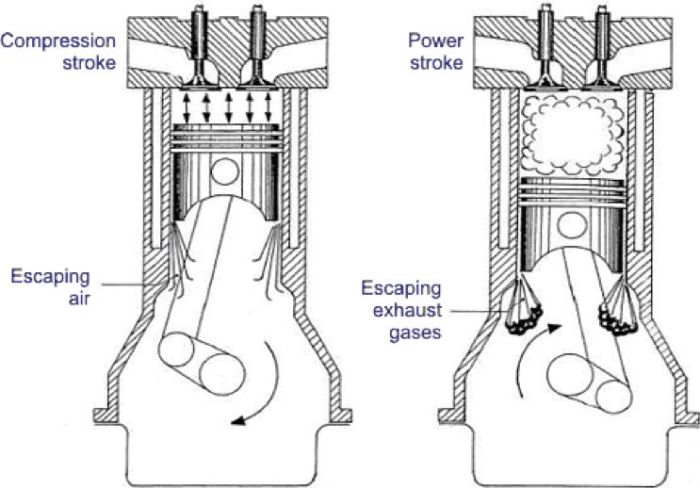Inboard gasoline boats must have what type of ventilation system – Inboard gasoline boats, renowned for their power and efficiency, demand a reliable ventilation system to ensure the safety and well-being of passengers and the optimal performance of the vessel. This article delves into the critical aspects of ventilation systems for inboard gasoline boats, exploring their purpose, types, design, maintenance, and safety considerations.
Ventilation systems play a vital role in expelling harmful fumes, preventing the accumulation of explosive gases, and ensuring adequate air circulation within the boat’s enclosed spaces. Understanding the specific requirements, components, and maintenance practices associated with these systems is essential for responsible boat ownership.
Inboard Gasoline Boats: Inboard Gasoline Boats Must Have What Type Of Ventilation System

Inboard gasoline boats are powered by engines that are located within the hull of the boat. These engines produce fumes that can be dangerous if they are not properly ventilated. Ventilation systems are designed to remove these fumes from the boat and to provide fresh air for the occupants.
Ventilation System Requirements
Ventilation systems for inboard gasoline boats must meet specific requirements in order to be effective. These requirements include:
- The system must be able to remove all of the fumes produced by the engine.
- The system must be able to provide fresh air for the occupants of the boat.
- The system must be able to operate in all weather conditions.
Ventilation System Design
Ventilation systems for inboard gasoline boats typically consist of the following components:
- A blower
- A duct system
- A vent
The blower is used to draw air into the boat and to expel fumes. The duct system is used to distribute the air throughout the boat. The vent is used to expel the fumes from the boat.
Ventilation System Maintenance
Ventilation systems for inboard gasoline boats require regular maintenance in order to operate properly. This maintenance includes:
- Inspecting the blower and duct system for damage
- Cleaning the blower and duct system
- Replacing the filter in the blower
Safety Considerations
Inadequate ventilation in inboard gasoline boats can lead to a number of safety hazards, including:
- Carbon monoxide poisoning
- Explosion
- Fire
Troubleshooting Ventilation Issues, Inboard gasoline boats must have what type of ventilation system
If you are experiencing ventilation problems in your inboard gasoline boat, there are a few things you can do to troubleshoot the issue:
- Check the blower to make sure that it is working properly.
- Check the duct system for any blockages.
- Check the vent to make sure that it is open.
Ventilation System Standards
There are a number of standards and regulations that govern ventilation systems for inboard gasoline boats. These standards include:
- American Boat and Yacht Council (ABYC) Standard H-2
- National Fire Protection Association (NFPA) Standard 302
- International Organization for Standardization (ISO) Standard 8846
It is important to adhere to these standards when designing and installing a ventilation system for your inboard gasoline boat.
Frequently Asked Questions
What is the primary purpose of a ventilation system in an inboard gasoline boat?
The primary purpose is to remove hazardous fumes and gases, such as carbon monoxide and fuel vapors, from the boat’s enclosed spaces, preventing the risk of explosion and ensuring the safety of passengers.
What are the key components of a typical ventilation system for inboard gasoline boats?
The system typically consists of air inlets, exhaust fans, ducts, and a blower to circulate air throughout the boat.
How often should ventilation systems be inspected and maintained?
Regular inspection and maintenance are crucial. It is recommended to have the system inspected annually by a qualified marine technician.

